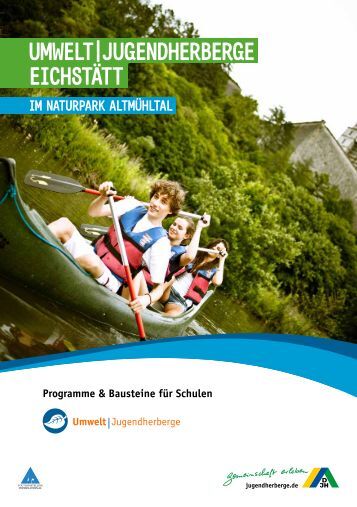Dast Richtlinie 009 Pdf Download

5028 kb: File Type: pdf: Download. DASt-Richtlinie 009 345. File link: 99%. Dast Richtlinie 021 PDF. File Type Pdf Soal Biologi Smp Kelas 7 Semester.
Protocol and registration. This systematic review and meta-analysis adhere to the PRISMA guideline. As this study did not include any clinical trials nor compare between groups, we did not register it in the Cochrane library. Oct 26, 2016 - Psychological measures at one month (depression, anxiety, IES, AUDIT and DAST) were then added in order of significance on univariate analysis and. File link: 97% herunterladen: pdf ca. Dast Richtlinie 009 FREE Download - Ebookread. DASt- Richtlinie 0. In Deutschland wurde im Dezember 2.

This study examined how an informal science educator-elementary school teacher partnership based on a coordination relationship (Weiland & Akerson, 2013) operated in the development and implementation of a STEM (Science, Technology, Engineering and Mathematics) Club for girls. A case study methodology was used to understand how the informal science educator-elementary school teacher partnership functioned in the context of the STEM Club.
Images of scientists and engineers drawn by the girls before and after participation in the STEM Club were written artifacts used to assess the girls’ perceptions of scientists and engineers. The girls maintained the traditional images of scientists that they brought to the Club, modified, however, to include more female images after participation in STEM Club. Coh Tov Activation Code. The girls’ perceptions of engineers changed dramatically from non-existent or mechanics/ repairmen to realistic images of engineers, including female images, involved in design, laboratory investigation and testing activities. The percentage of female images drawn by the girls increased by 30% and 42% for scientist images and engineer images, respectively. Introduction The stereotypical image of the scientist as white and male remains largely unaltered over the past fifty years.
Despite efforts by educators and the STEM (Science, Technology, Engineering and Mathematics) community to change girls’ identities in science and to increase participation of females and ethnic minorities in STEM careers, the STEM workforce likewise remains predominantly white and male. Women and ethnic minorities have been marginalized and their contributions undervalued by the STEM community. Children’s images of scientists become fully developed and stable between the 3 rd and 5 th grades. A recent study by of African-American 3 rd graders validated this 30 year old finding that children formulate their views of scientists by the lower elementary school grades. Concluded that high ability children have decided whether they will study science by age 9. Studied a group of scientists and found that these scientists developed their interest in science before middle school. Concluded that it is “children’s stereotypical images of scientists, rather than an actual dislike of science and design technology that dissuades them from becoming scientists and engineers”.
They identified a “need to provide more positive, inspiring images of the work of scientists and engineers if children are to be encouraged to consider these career options”. Girls’ attrition from science begins between the ages of 9 and 14 starting with entry into upper elementary school grades. Children need “to tie the word scientist to a particular person”. Teen girls need that “particular person” to be female. Female mentors encourage persistence in STEM and are “effective and important in improving self-efficacy”.